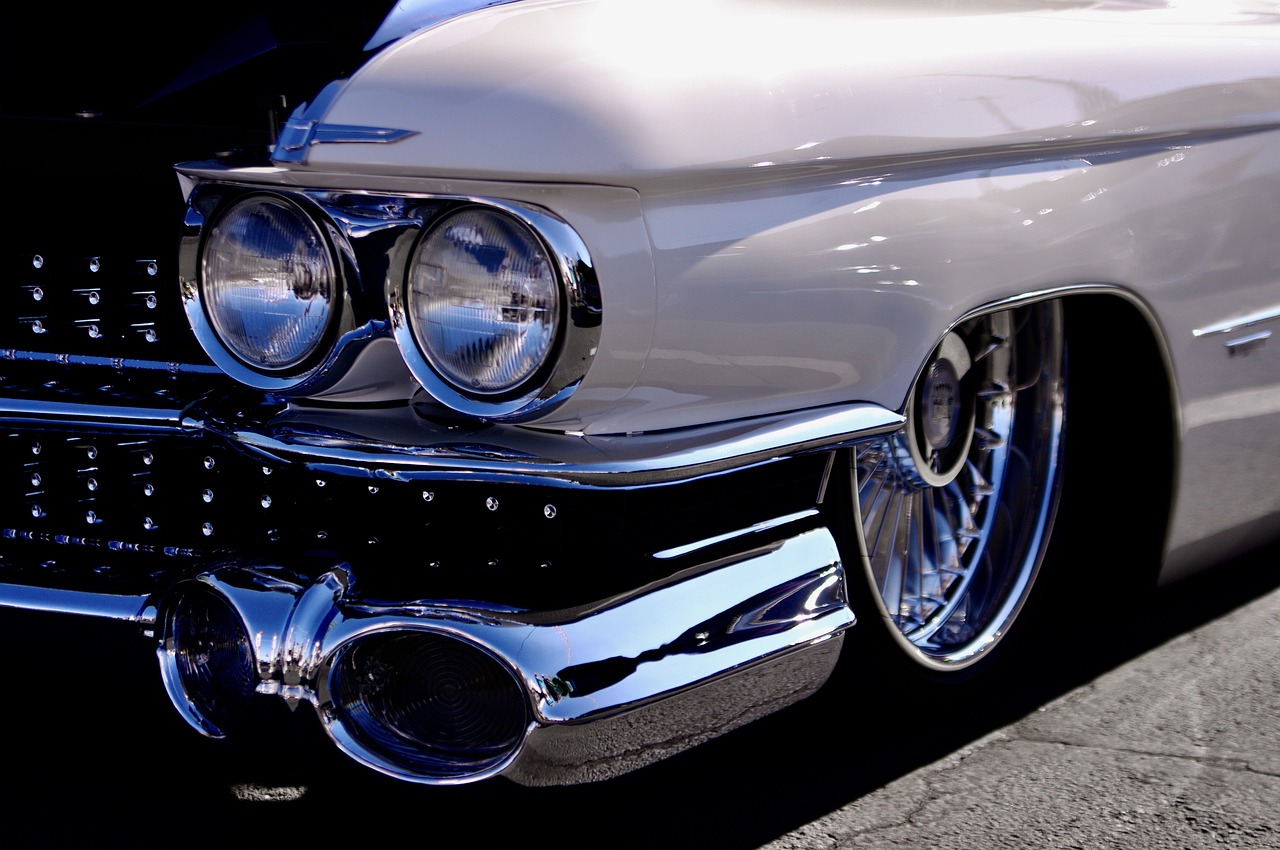The Evolution of Car Exhaust Emission Control Technologies: From Catalytic Converters to Selective Catalytic Reduction Systems
SCR technology, or Selective Catalytic Reduction, offers numerous benefits for reducing harmful emissions from vehicles. By using a chemical reaction to convert nitrogen oxides into less harmful substances, SCR technology helps in improving air quality and meeting stringent emission regulations. This technology has proven to be highly effective in reducing nitrogen oxide emissions by up to 90%, contributing to a cleaner environment and better public health.
However, despite its advantages, there are also challenges associated with the use of SCR technology in vehicles. One of the main challenges is the need for a constant supply of a reducing agent, usually in the form of urea solution, to facilitate the chemical reaction. This additional component adds to the overall cost and maintenance of the vehicle, making it essential for drivers and manufacturers to ensure proper management and refilling of the system to maintain its efficiency.
Future Trends in Emission Control for Vehicles
In the ever-evolving landscape of emission control for vehicles, one prominent trend is the increasing emphasis on electrification. With the rise of electric vehicles (EVs) and hybrid technology, there is a notable shift towards reducing greenhouse gas emissions and reliance on fossil fuels in the automotive industry. Automakers are investing heavily in developing EVs with improved range, faster charging capabilities, and more affordable price points to appeal to a broader consumer base.
Another significant trend in emission control for vehicles is the integration of advanced catalytic converter technologies. These innovative systems aim to further reduce harmful emissions such as nitrogen oxides, carbon monoxide, and hydrocarbons. By enhancing the efficiency of catalytic converters through improved materials and design, manufacturers are striving to meet stringent emission regulations while optimizing engine performance for a cleaner and greener driving experience.
• One prominent trend in emission control for vehicles is the increasing emphasis on electrification
• Rise of electric vehicles (EVs) and hybrid technology
• Shift towards reducing greenhouse gas emissions and reliance on fossil fuels
• Automakers investing heavily in developing EVs with improved range, faster charging capabilities, and more affordable price points
• Another significant trend in emission control for vehicles is the integration of advanced catalytic converter technologies
• Innovative systems aim to further reduce harmful emissions such as nitrogen oxides, carbon monoxide, and hydrocarbons
• Enhancing efficiency of catalytic converters through improved materials and design
• Manufacturers striving to meet stringent emission regulations while optimizing engine performance
Environmental Impact of Emission Control Technologies
Emission control technologies have been crucial in mitigating air pollution and reducing harmful emissions from vehicles. These technologies have significantly improved air quality and public health by decreasing the amount of pollutants released into the atmosphere. However, it is essential to acknowledge that some emission control technologies may also have unintended environmental consequences.
For example, the production and disposal of catalytic converters, a common emission control technology, can result in the generation of hazardous waste and contribute to metal pollution. Additionally, the increased fuel efficiency achieved through emission control technologies could potentially lead to greater overall consumption of fossil fuels, indirectly impacting the environment through increased carbon emissions. Although emission control technologies offer numerous benefits, it is vital to consider their full environmental impact to ensure sustainable solutions for combating air pollution.
What are the benefits of using Selective Catalytic Reduction (SCR) technology for emission control?
SCR technology helps reduce harmful emissions such as nitrogen oxides (NOx) from vehicles, leading to improved air quality and public health. It is highly efficient in converting NOx into nitrogen gas and water vapor.
What are some challenges associated with implementing SCR technology for emission control?
One of the main challenges is the cost of installing and maintaining SCR systems in vehicles. Additionally, the need for a constant supply of a reducing agent, such as urea, can be a logistical challenge for vehicle owners.
What are some future trends in emission control for vehicles?
Future trends in emission control for vehicles include the development of more advanced and efficient technologies, such as electric and hydrogen fuel cell vehicles. There is also a growing focus on implementing stricter emission regulations to further reduce harmful pollutants.
How do emission control technologies impact the environment?
Emission control technologies help reduce the amount of harmful pollutants released into the atmosphere, leading to improved air quality and environmental protection. By minimizing emissions from vehicles and industrial sources, these technologies play a crucial role in mitigating climate change and protecting ecosystems.







